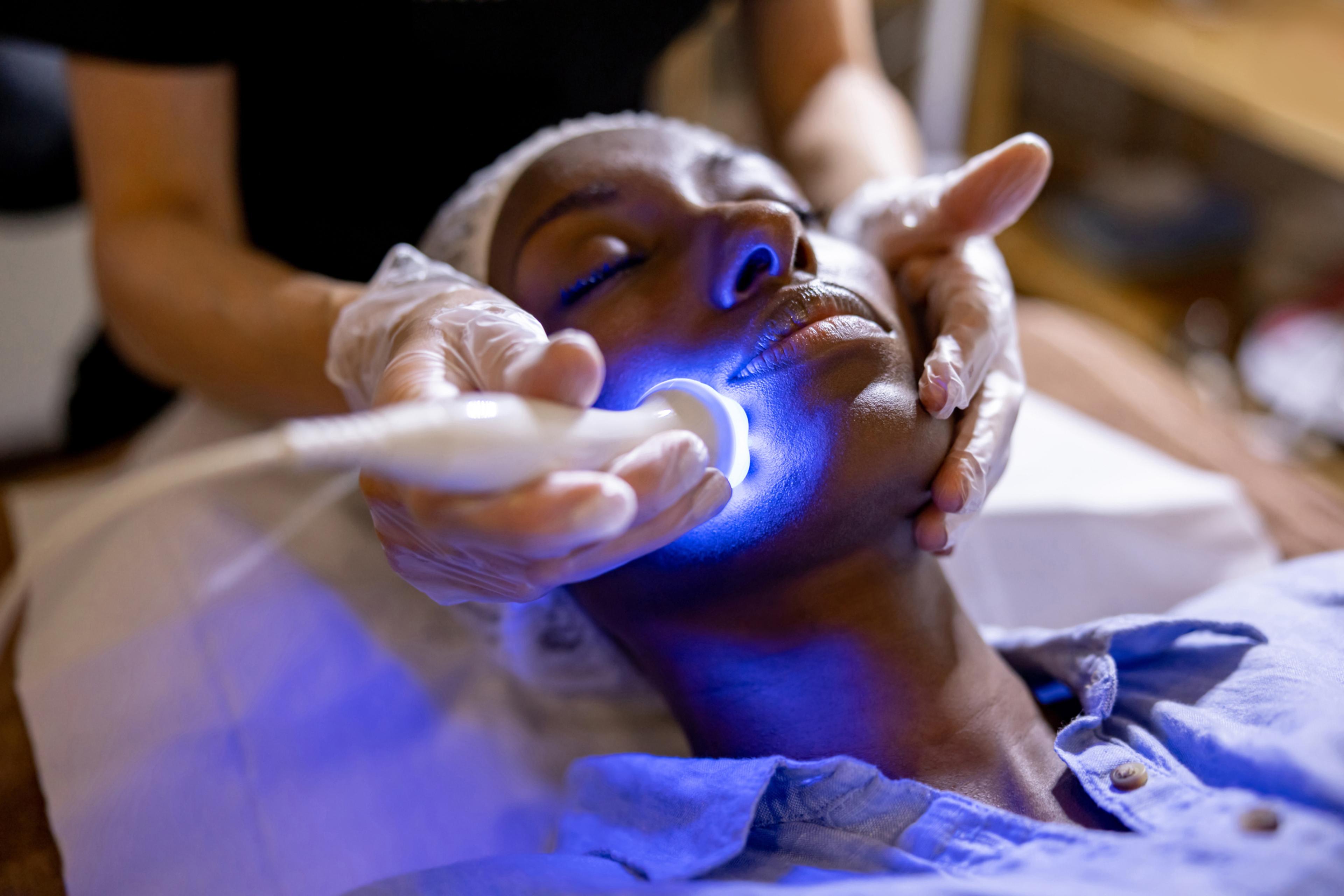Mental Health Among Minority Groups in West Michigan Suffered During the Pandemic
Amy Barczy
| 3 min read
Amy Barczy is a former brand journalist who authored content at Blue Cross Blue Shield of Michigan. Prior to her time at Blue Cross from 2019-2024, she was a statewide news reporter for MLive.com. She has a decade of storytelling experience in local news media markets including Lansing, Grand Rapids, Holland, Ann Arbor and Port Huron.

For individuals in minority communities in West Michigan – particularly women – their mental health suffered during the years of the COVID-19 pandemic, when many people faced new stresses and uncertainties at home, at work and in their communities. More than 25% of minority individuals in West Michigan said they had poor mental health for more than two weeks at a time in 2021.
This trend of poor mental health days in these communities first spiked in 2020, and continued to worsen as the pandemic went on in 2021, according to a new analysis of self-reported data.
The “Health Check 2024: Analyzing Trends in West Michigan” report is a collaborative effort between Grand Valley State University’s Kirkhof College of Nursing (KCON), GVSU’s Seidman College of Business, Blue Cross Blue Shield of Michigan, Blue Care Network, and Priority Health and offers a regional comparison between the health of West Michigan-area residents and of Detroit-area residents based on data from 2011 to 2021.
The report compared data from people living in Kent, Ottawa, Muskegon and Allegan counties to data from people living in Oakland, Macomb and Wayne counties.
While the exact reasons behind the spike in poor mental health days among minority groups is not entirely known, Erkmen Aslim, assistant professor of economics at GVSU, said one theory is that providers are better at diagnosing mental health issues than ever. However, in Michigan, 27% of individuals have unmet needs for counseling or therapy for anxiety or depression, which Aslim said indicates this theory is not likely true.
Disparities in access to health insurance
Throughout the past decade, the number of people without health insurance has continued to decline in Michigan, though the report found racial disparities continue to exist:
- Non-white individuals are more likely to have no health insurance
- Rates of no health insurances are higher among non-white individuals living in West Michigan when compared to non-white individuals living in the Detroit area
The pandemic did not disrupt individuals access to health insurance, according to the analysis.
E-cigarette use on the rise
Cigarette use is on the decline in Michigan both in West Michigan and the Detroit-area, according to the report. However, the report found the use of e-cigarettes and vapes have been on the rise since 2017 – in both areas of the state. Rates of e-cigarette use are higher in Detroit (about 7.5% of the population in Detroit compared to 6% of the population in West Michigan).
This was a particular concern to the researchers, as nicotine vaping is one of the top forms of substance use among teens. More than one in four teens who use e-cigarettes say they use them daily.
The full “Health Check 2024: Analyzing Trends in West Michigan” report is available online here.
Photo credit: Getty Images
Keep reading:





